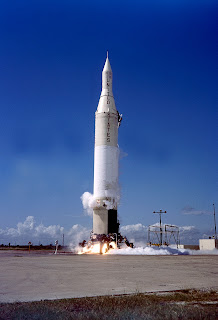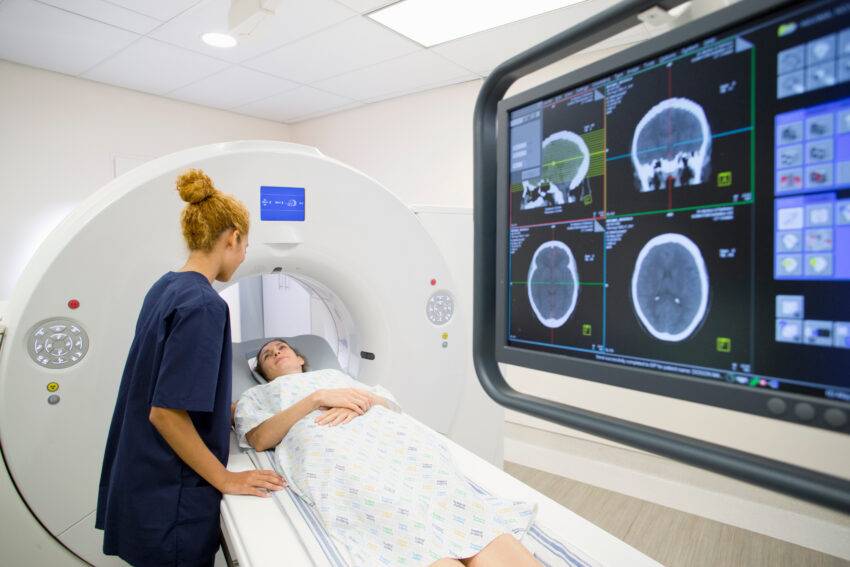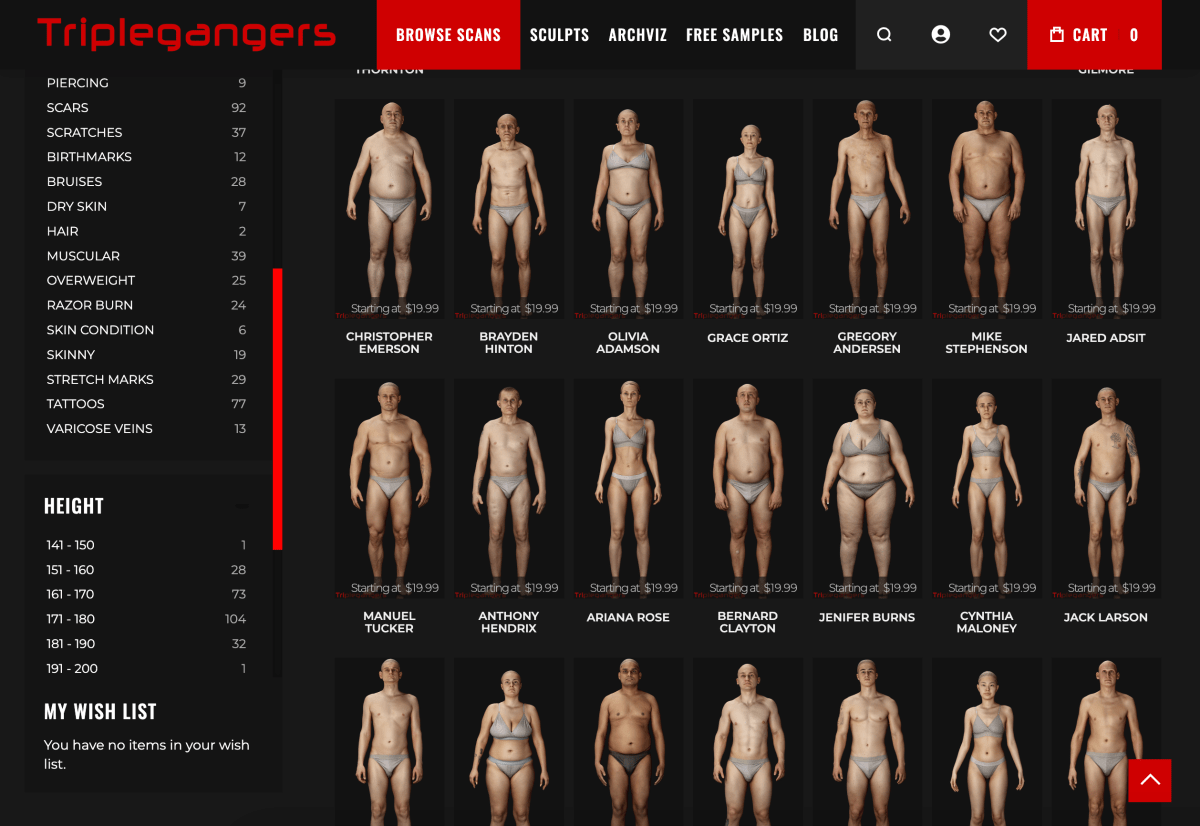
The
mighty Saturn-V delivered humans to the moon in just about 3 days. Standing at
a whopping height of 110m, weighing nearly 3 million kilograms on the launch
pad, and having a payload capacity of 140,000kg to the low earth orbit, this beast continues
to be the most powerful rocket that mankind has ever built. But, why did
the rocket only function for a short span of only 6 years (from 1967 to 1973)
despite its exceptionally successful track record? How come a machine from the late
1960s stands unbeaten to this date? Answers to these questions (and many others)
can help us to answer why humans haven’t returned to the moon since 1972.
Welcome to the series of articles named “Saturn-V for Dummies” in which we
gradually peel the Saturn-V to the core and get to see this beast with the lens
of basic physics. But first let’s go back in time, a time long before Armstrong
set his first step on the moon. Starting with the history of Saturn-V.
The History of Saturn-V: Or how did Saturn-V come into being?
Saturn-V’s
ancestry can be traced back to the glorious V2 rocket. The German V2 rocket; developed by legendary Wernher von Braun, was meant to be used as a warhead
able to deploy payload (explosives) over a very large distance, it was the world’s
first long-range missile and was virtually unstoppable during the times of
WWII.
 |
| The V2 rocket |
Apart
from the fact that V2 was a formidable weapon for the allies, it was a great
leap in the rocket technology of the 20th century, it is after all the first rocket ever to reach space by crossing the Karman Line (100km altitude from sea level).
After
the win of allies over the axis, the talented German aerospace workforce under
Nazi Germany got divided into the USA and the former USSR. Von Braun was one of the engineers
who came to the US and thereby began the golden age of rocket development in
the States. It all started with American engineers reverse engineering and
understanding the V2 with the help of German engineers.
 |
| Wernher von Braun with Saturn-V |
The
Saturn series of rockets (to which Saturn-V belongs) was basically the
successor of the Jupiter series of rockets. The Juno rocket which launched the
first American satellite to orbit belonged to the Jupiter series. Wernher von
Braun considered the Jupiter series to be a prototype and referred to it as “an
infant Saturn”.
 |
| Juno-II rocket (Jupiter series) |
Between
1960-62, Marshall Space Flight Centre (MSFC) designed a series of Saturn
rockets each with a varied capability ranging from earth orbits to lunar
missions. Originally the rockets followed a ‘C’ nomenclature i.e., rockets were
named as C-1, C-2, etc.
NASA
initially planned to use C-3 for Earth Orbit Rendezvous (EOR) which needed 4-5
launches per lunar mission. However, MSFC planned for an even bigger rocket,
the C-4, which would use four F-1 engines (will be covered in detail in the 3rd article)
in its first stage, an enlarged C-3 second stage, and a couple more
upgrades. The C-4 could carry out the EOR Lunar mission in just 2 launches.
On
January 10th, 1962, NASA announced planned for a C-5 launch
vehicle with a 41000kg payload capacity to the moon. The first rockets in the
series were Saturn-1 originally named C-1 and Saturn-1(b) / C-1(b).
Both Saturn-1 and 1(b) served as proof of concept and helped collect
critical flight data for the upcoming Saturn-V/ C-5. With NASA’s validation of
C-5 as the official launch vehicle for the Apollo program, the ‘C’ was dropped
from the name, and ‘Saturn’ was added.
 |
| Saturn-1 |
 |
| Saturn-1b |
By
1962, NASA finalized to proceed with von Braun’s designs, as a result, the Apollo
program accelerated faster. Apart from selecting the rocket design, NASA had to face
several other issues regarding the nitty-gritty details of the rocket, which were eventually resolved.
But
what actually was this Saturn-V machine? What did it constitute? What were the points of the major issue? There are more n-number of questions waiting to be answered. If
you have such questions stuck inside your mind then stay tuned till our next
article in the series in which we will be stripping down the machine to unveil the extra-extraordinary engineering that went behind building this beast. Once it is published, the link will be available here.
Thanks for Reading!!!
Check out our other blog posts!!!
Don’t forget to share this post in your social media handles to enrich everyone’s knowledge!!!
See you Again!!!!!
-Ayushman Dash
Chief Space Exploration Writer
The Dynamic Frequency








Leave a Comment